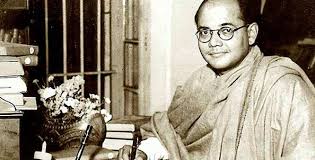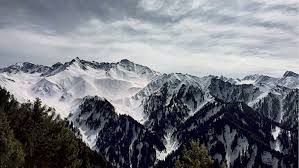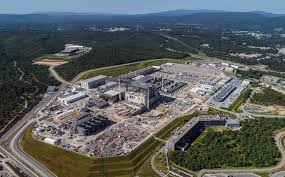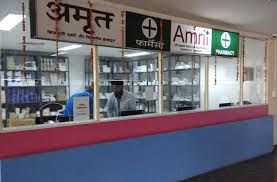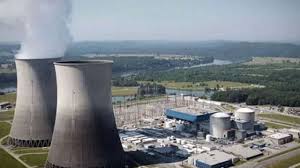
The Plant-3of Kakrapar Atomic Power Plant (KAPP) in Gujarat is ready to generate electricity, with the 700 MWe reactor achieving ‘criticality. A nuclear reactor reaches ‘criticality’, when it is ready for ongoing nuclear reaction or fission that generates energy.
Daily Current Affairs Quiz 2020
Key-Points
Kakrapar is part of India’s pressurized heavy water reactor (PHWR) portfolio. Of India’s 22 commercial nuclear power reactors with an installed capacity of 6,780 megawatts (MW), which are run by state-owned Nuclear Power Corporation of India Ltd (NPCIL), there are 14 units of 220MW PHWRs each, making it one of the largest fleets of such reactors.
Given India plans to add 175 GW of renewable energy from renewable sources such as wind and sun, the nuclear projects should help provide the baseload to balance the power grid.
PHWRs have caught the fancy of African countries as Mint reported earlier, due to climate change impacting their conventional hydropower generation capacity, which was primarily dependent on the Nile, the Niger, the Congo and the Zambezi river systems.
While hydropower generation has witnessed a decline leading to lower supply of electricity in African nations, India’s pressurized heavy water reactor’s unit size are well suited to meet their small demand load. India’s ambitious plans include constructing a dozen new nuclear power reactors totaling 9,000 MW.
While nine reactors totaling 6,700 MW are under construction, the Centre has also given in-principal approval to set up nuclear power capacities totaling 25,248 MW across Jaitapur (Maharashtra), Kowada (Andhra Pradesh), Chhaya Mithi Virdi (Gujarat), Haripur (West Bengal) and Bhimpur (Madhya Pradesh).


